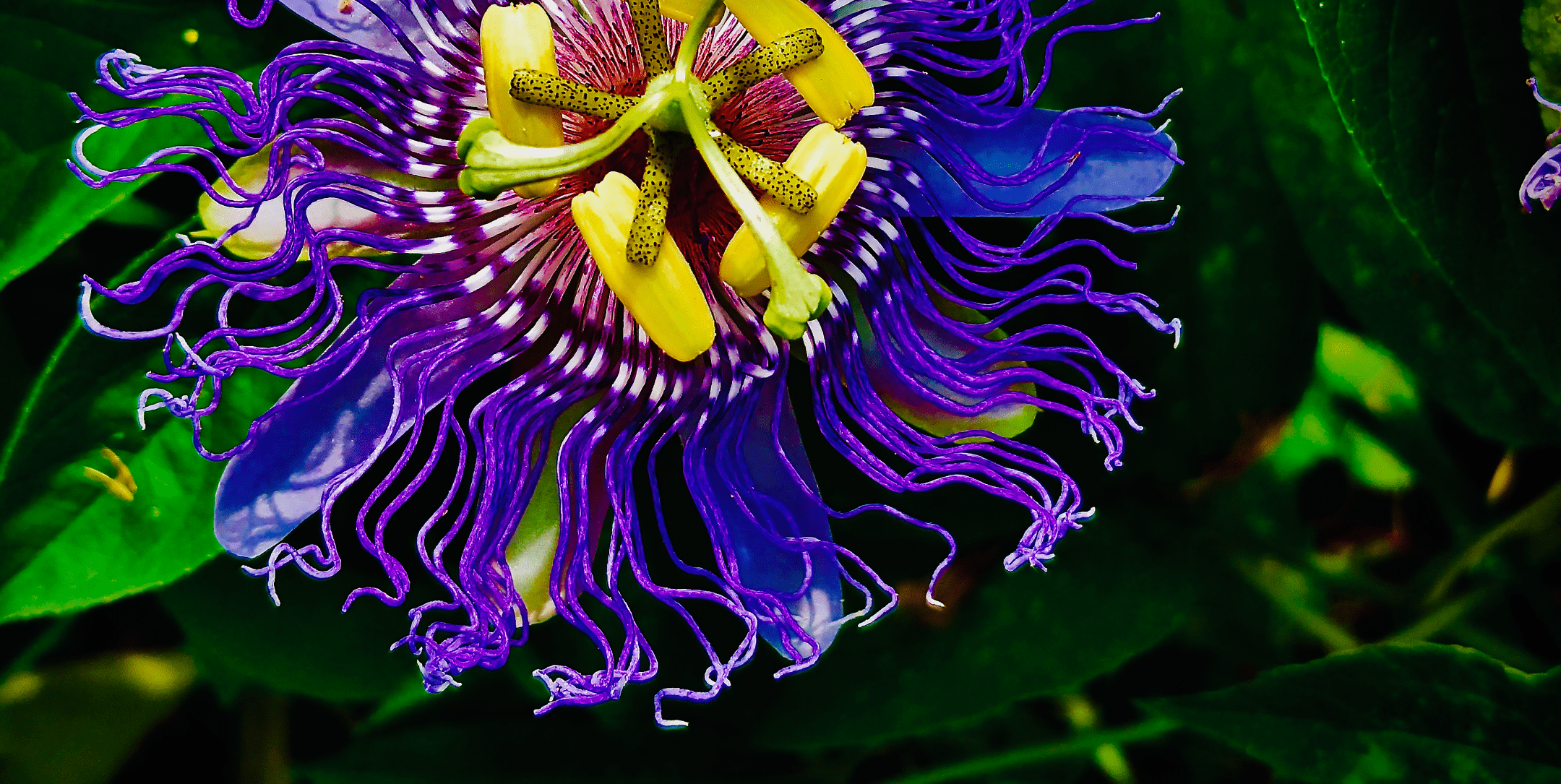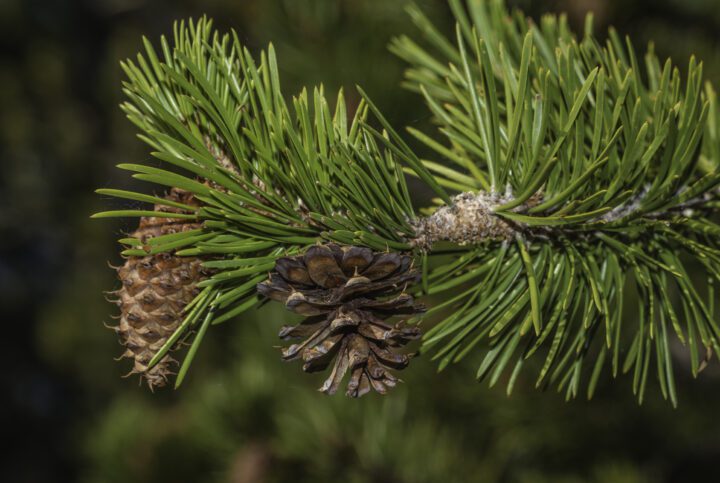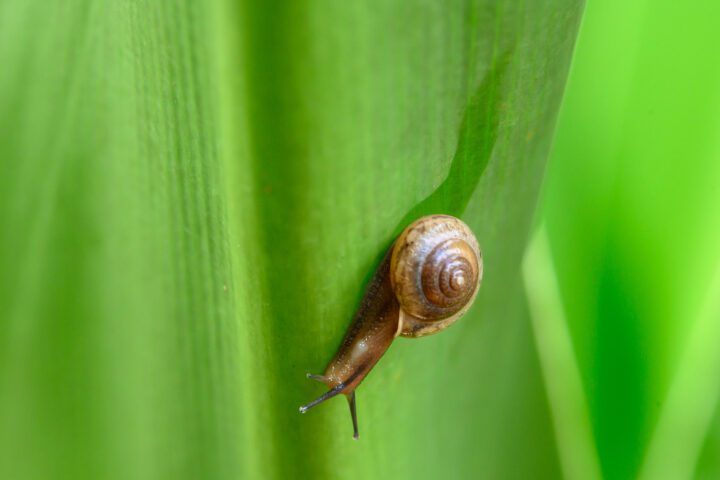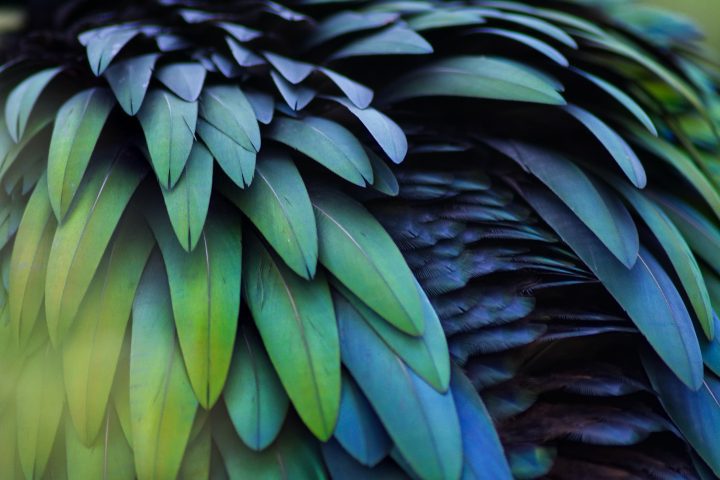Tendrils from passion flowers adhere to tiny features on relatively smooth surfaces via terminal adhesive pads.
Passion flowers are a genus of plants with around 500 members, of which most are vines. They grow natively in all tropical regions except Africa. Climbing plants like the Passiflora use external structures as supports that enable them to reach sunlight without investing energy in the growth of support tissues. Vines attach to other plants or solid surfaces by twining their stems, or leaf petioles (leaf stems) around supports, and by using tendrils. Tendrils can be modified leaves, shoots or, in the case of passion flowers, flower buds.
Passion flower tendrils generally work by twining around a support. Twining tendrils work well for attaching to and climbing up narrow cylindrical objects like the stems of other plants, but they are less useful for climbing up relatively flat surfaces such as rock faces, or the trunks of larger trees. One species of passion flower, Passiflora discophora, endemic to Ecuador, has tendrils with sticky pads on the ends that overcome this issue by growing into and filling tiny features on otherwise flat surfaces.
Unlike other species of passion flowers, P. discophora tendrils branch, meaning a single tendril might have multiple ends. Tendrils initially grow straight, except for the tips, which are hooked and as narrow as 1/10th of a millimeter across at the end. When the hooked ends make contact with a surface feature, they curl up tightly and the cells that make up their surface begin to protrude. These cells grow into a pad, filling the available space in the object’s surface exactly and forming a very snug fit. The outermost layer of cells on the pad are particularly small and grow into tiny cavities and features on the surface. The tendrils also secrete a waxy substance that fills any remaining gaps and may also function as a glue. Once firmly attached, tendrils coil, shortening themselves and pulling the plant up behind them.







